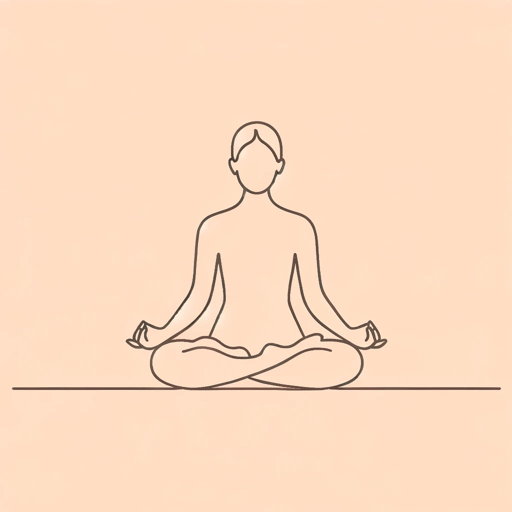66 pages • 2 hours read
Jon Kabat-ZinnFull Catastrophe Living: Using the Wisdom of Your Body and Mind to Face Stress, Pain, and Illness
Nonfiction | Book | Adult | Published in 1990A modern alternative to SparkNotes and CliffsNotes, SuperSummary offers high-quality Study Guides with detailed chapter summaries and analysis of major themes, characters, and more.
Part 3Chapter Summaries & Analyses
Part 3: “Stress”
Part 3, Chapter 17 Summary: “Stress”
There are many kinds of stress, ranging from psychological, physiological, and social, all of which influence each other and have consequences for the mind and body. Dr. Hans Selye brought the terms stress and stressor into the mainstream with his research in the 1950s. Dr. Selye observed that animals who experienced stress succumbed to illness at higher rates; he argued that stress was as much a cause of illness as pathogens. According to Dr. Selye, while stress is a normal part of life, in some situations it can cause “diseases of adaption” (289). Kabat-Zinn claims that these theories are well supported by modern medicine and neuroscience and reiterates that it is not the stress itself, but the way people perceive and react to it, that results in illness. Studies have shown that having a “sense of control,” rather than a feeling of “helplessness,” over one’s stressful experiences is highly beneficial for coping with stress well (291-92).
The author argues that meditation, even when not immediately necessary to reduce stress, is a skill one can build and draw from in more challenging times. This practice will help practitioners become more “stress-hardy” and resist the pessimistic lenses which are easily applied to negative life events (294).
Related Titles
By Jon Kabat-Zinn


